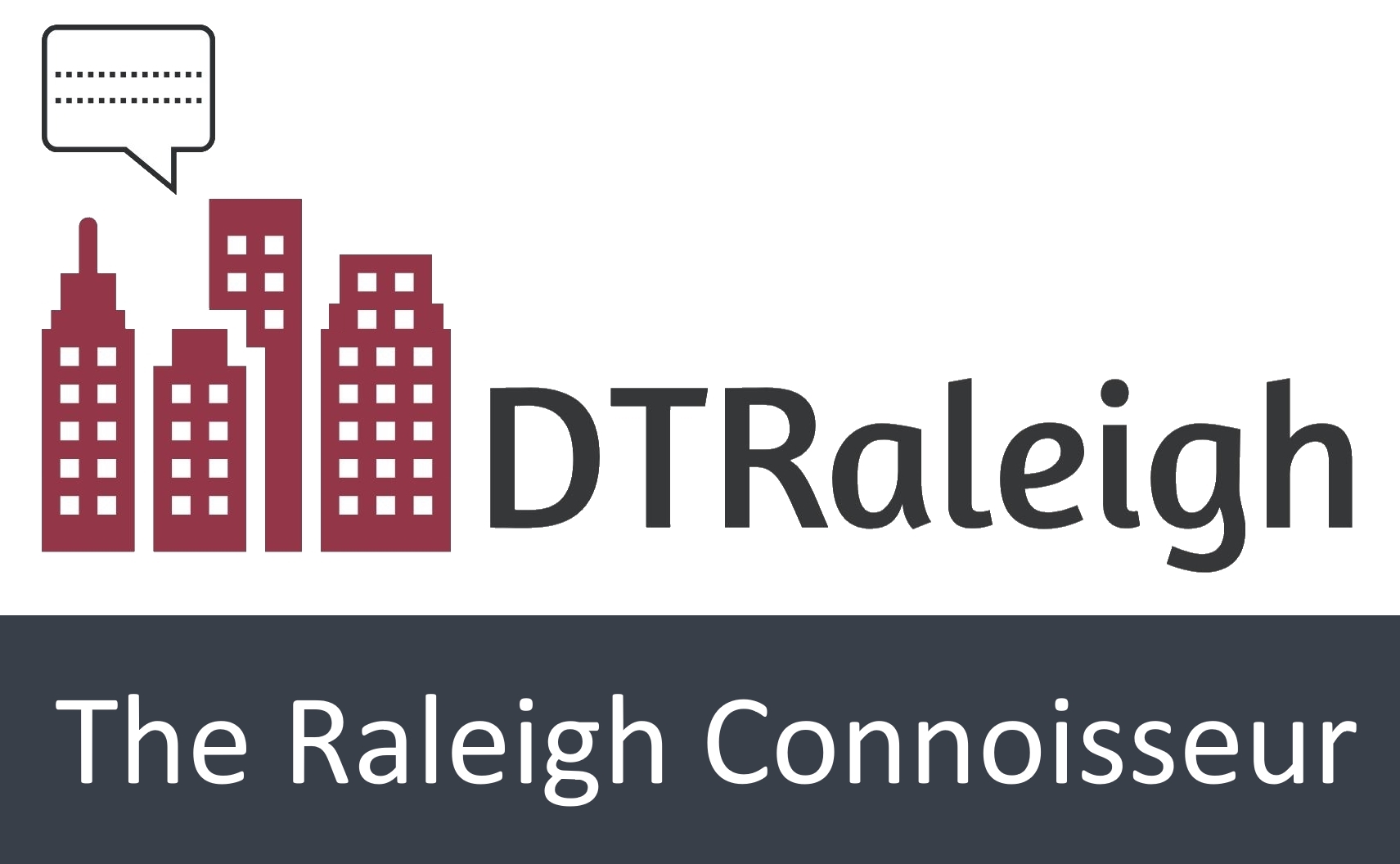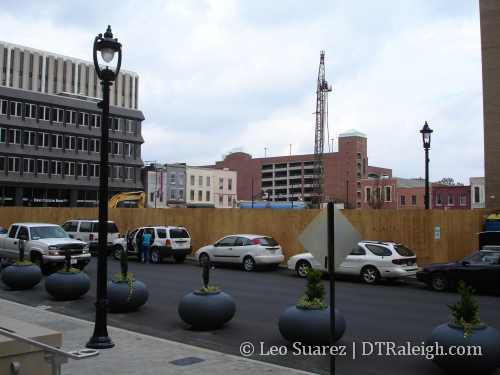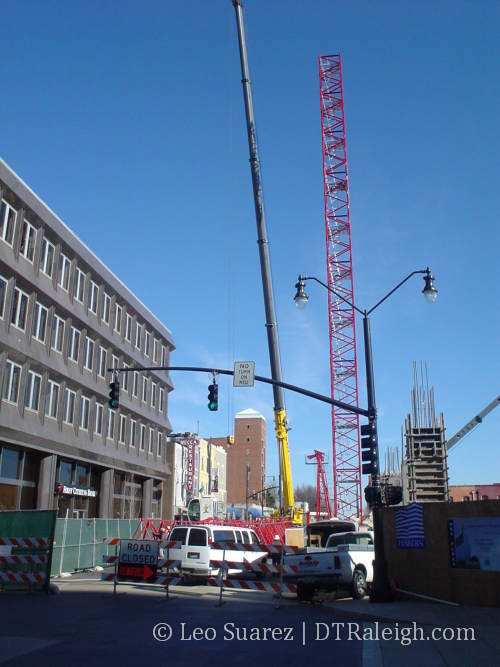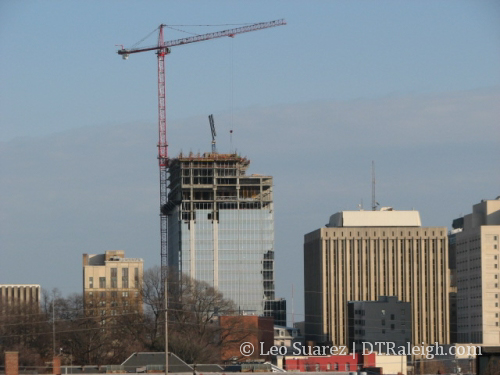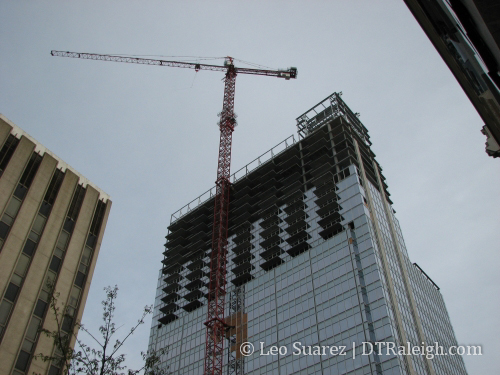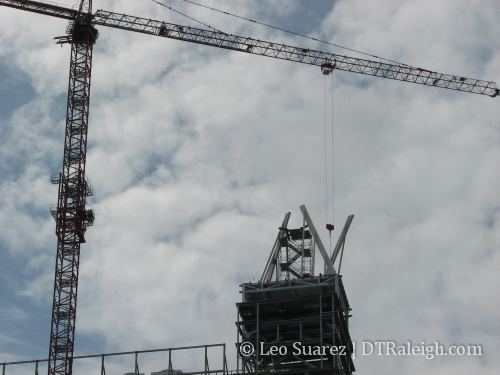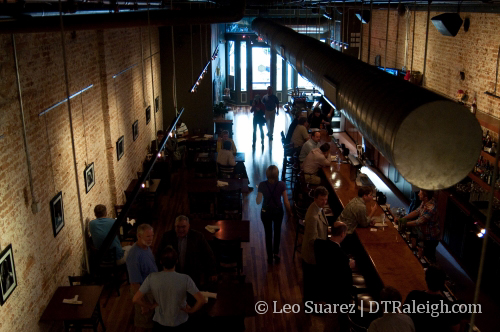
Campbell Law School started classes yesterday in their new building on Hillsborough Street. The renovations that have been taking place for over a year were mostly on the interior of the building. There is well-placed signage on each side of the building making it hard to miss. This is a unique addition to downtown and we’ll see lots of benefits in having the school located here. Raleigh is now NOT the largest capital city to not have a law school!
The parking lot across the street is now being used and the city definitely did not pretty up this lot. I’m not complaining though, the lot looks very temporary with gravel, wooden barriers, and moveable concrete curbs. Wires were probably not run under the ground too seeing as they are solar powered. If a developer was interested in this lot, the city could clear out on the cheap.

